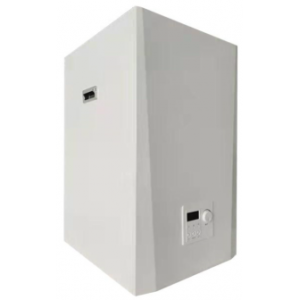Окт . 19, 2024 04:04 Back to list
casting ductile iron
Casting Ductile Iron A Comprehensive Overview
Ductile iron, also known as nodular cast iron or spheroidal graphite iron, has become a material of choice for many industries due to its excellent mechanical properties and versatility in casting. This innovative material is known for its superior strength, ductility, and toughness, setting it apart from traditional gray cast iron. In this article, we will explore the casting process of ductile iron, the properties that make it desirable, and its various applications.
The casting of ductile iron begins with the integration of a small amount of alloying elements, primarily magnesium, into the molten iron. When magnesium is added to the molten iron, it facilitates the transformation of carbon from flake form, prevalent in gray cast iron, into a spherical shape. This transformation is crucial as it significantly enhances the material's tensile strength and ductility. The casting process generally involves two primary techniques sand casting and investment casting, each chosen based on the specific requirements of the final component.
Casting Ductile Iron A Comprehensive Overview
Investment casting, on the other hand, is often selected for more intricate and finely detailed components. This process uses a wax pattern covered in a ceramic shell, which is then melted away to leave a cavity for the molten ductile iron. While investment casting generally leads to higher production costs, it allows for greater dimensional accuracy and a smooth finish, reducing the need for post-casting machining.
casting ductile iron

One of the most notable properties of ductile iron is its exceptional mechanical performance. Ductile iron has high tensile strength, often exceeding that of many steels, which makes it suitable for heavy-duty applications. Furthermore, its ability to deform under stress without fracture enhances its reliability in demanding conditions. This unique combination of strength and ductility allows ductile iron components to absorb impacts better than most traditional materials, making them ideal for applications in the automotive, construction, and machine tool industries.
In addition to its mechanical properties, ductile iron also offers excellent wear resistance and corrosion resistance, especially when alloyed with elements such as nickel or chromium. These properties extend the lifespan of ductile iron components in harsh environments, reducing the need for frequent replacements and maintenance, thereby improving overall efficiency and cost-effectiveness in long-term applications.
Ductile iron is widely used in various industries and applications, including the manufacturing of pipes, valves, fittings, and automotive parts like crankshafts and gears. Its adaptability to different designs and requirements makes it a preferred choice for engineers and manufacturers alike.
In conclusion, casting ductile iron is a sophisticated process that combines the science of metallurgy with innovative engineering techniques. Its outstanding physical properties and versatility in applications make ductile iron a forward-looking material for modern manufacturing. As technology advances, the potential for new alloys and casting methodologies will likely expand the capabilities and applications of ductile iron even further, solidifying its role in the future of industrial production.
-
Durable Cast Steel Concrete Pipe Mold Bottom Rings & Base Trays
NewsAug.23,2025
-
Centrifugally Cast Iron Water Main Pipe for Reliable Mains
NewsAug.22,2025
-
Durable Centrifugally Cast Iron Water Main Pipe
NewsAug.11,2025
-
Centrifugally Cast Iron Water Main Pipes for Reliability
NewsAug.10,2025
-
High-Quality Centrifugally Cast Iron Water Main Pipes
NewsAug.09,2025
-
Durable Cast Iron Water Main Pipe & Drainage Solutions
NewsAug.08,2025


